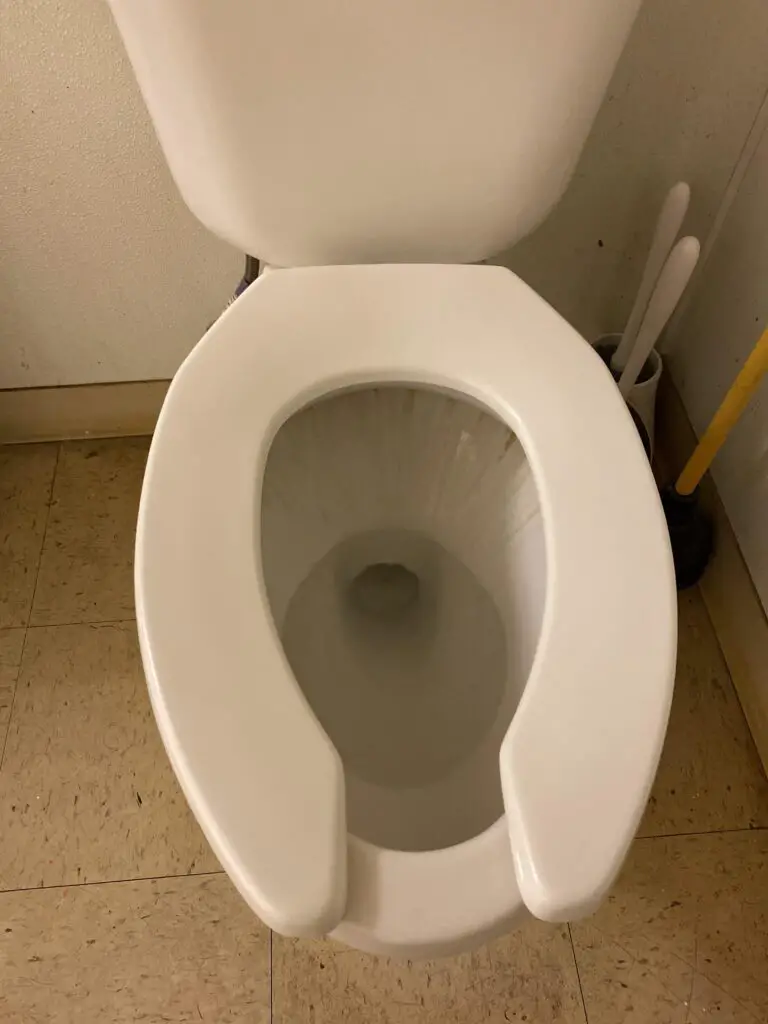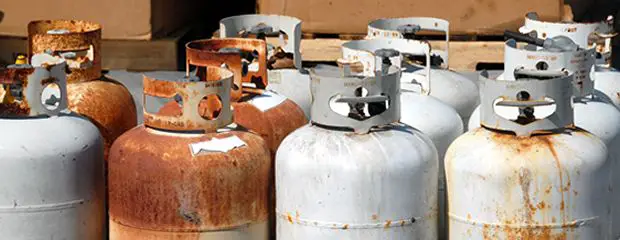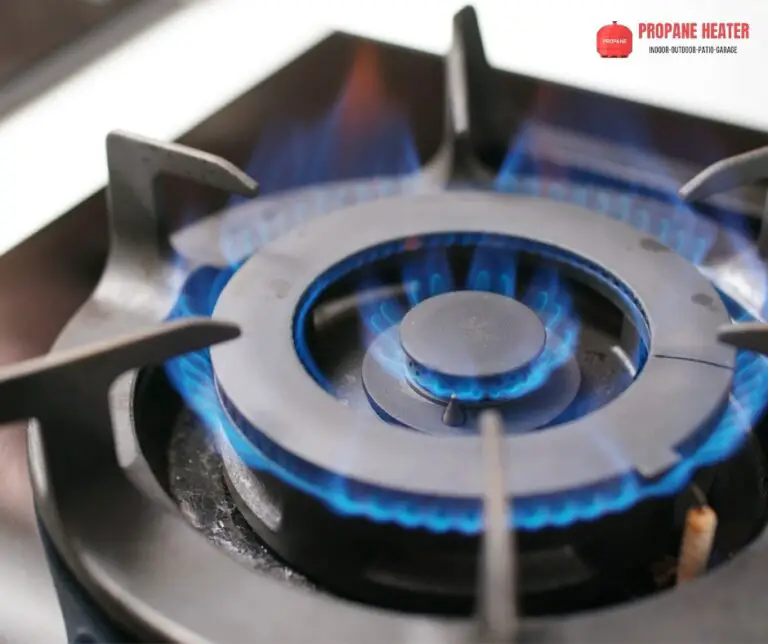So you’ve just spent a fortune on creating an amazing toilet. Just imagine it turning up completely yellow because of hard water. Indeed, you can’t do much about white floors or bathrooms. Hard water stains will fall on them.
Once you allow the stain to sit in, it becomes more difficult to remove. This is why it becomes important to keep your toilet clean if there is a hard water stain. White floors or ceramic on the toilet seat could look messy if you do not get it fixed.
This guide is all about how to clean hard water stains in toilet, which will help you make it look fresh.

What can cause hard water stains?
Hard water alludes to that water that contains a significant degree of magnesium and calcium. When the water repeatedly comes into contact with a surface, the broke up minerals structure a development causing gradual staining of the body.
If you have this issue, you need to know that hard water stains are alkaline mineral stores. To eliminate alkaline stains, you need a chemical arrangement that is moderate to exceptionally acidic. This stain is called a hard water stains, and however not dangerous, it can cause permanent damage to certain surfaces and should be eliminated rapidly if spotted.
How To Clean Hard Water Stains In Toilet [4 Methods]
Method 1: Use a Powdered Oxalic Acid
Step 1:
Now, when you have the arrangement you want to utilize, one way to make sure it is the original capacity to purge the latrine bowl.
Step 2:
To do this, you can either close the water supply to it by turning a handle at the base of the latrine and then flushing it, or you can empty a can of water into the bowl.
Step 3:
When you have the bowl unfilled, don your defensive gear, and apply the acidic answer for the latrine bowl. I would suggest carefully pouring it onto a green abrasive wipe and then scouring it around the bowl.
Step 4:
If the ring immediately falls off, congratulations, you are done. If it doesn’t, let the arrangement stay for 30 min to an hour.
Method 2: Use White Vinegar
These hard water stores can be eliminated by utilizing white vinegar as it is natural and will work proficiently. Here are a few ways that you can follow to stop hard water stores.
Step 1:
The initial step is to discover a spraying bottle. Purchase or get some white vinegar. Empty some into the spraying container and then spray it straightforwardly and heavily on the affected surface.
Step 2:
Wait till the vinegar soaks on the surface for about five minutes. Utilize a damp piece of fabric to wipe off the surface of the affected area.
Step 3:
Some mineral stores are hard to come out, if there is such an instance, spray some vinegar and let it stay any longer than the first run through and then wipe it again utilizing a damp piece of material.
Step 4:
These Mineral stores can also be taken out by making a paste utilizing white vinegar and baking soda. Utilize a light wipe to scour on the affected surface, and it will leave the body looking all-around great.
Method 3: Use Cola
These mineral deposits are harmful and can cause damages to surfaces like the sink and bathtub. You should remove hard water deposits since they create a dull greyness on surfaces and makes surfaces feel look rough.
Step 1:
Use some cola by pouring on the area where there is a mineral deposit. Use a sponge with some cola in it to wipe the parts.
Step 2:
You have to repeat this severally to get good results. The cola should be allowed to sit for an hour, do not scrub too hard on the surfaces may get scratched.
Step 3:
These deposits can also build up in the toilet. Never allow these deposits to stay too long as they may damage your surfaces. Lime away chemicals are used in such cases. Pour some on the toilet and flush it.
Method 4: Mini Purification Kit
Step 1:
Make sure to keep a small purification pack close to the flush in the latrine and bathroom. The pack ought to contain a brush, a container with a unique cleanser, and spray with disinfectant.
Step 2:
Joined with the cleanser and other parts, sanitizing products will execute pathogens. This is especially required for families where there are young youngsters or debilitated individuals.
Step 3:
Disinfectants are also important in the family unit since they can execute virtually any wellspring of hostile odors. Conventional cleaners are not able to do that.
Step 4:
Avoid contrast change of water temperature when washing your tub; otherwise, surface cracks will probably appear on the enamel surface.
Are Natural Acids good options to use?
You can utilize the natural acids found at home. Since the stains are caused by calcium and magnesium, it is conceivable to use lemon squeeze and white vinegar. White vinegar is a weak acid with 5% of acetic acid. By excellence of this acid percentage, stains, such as rust stains in sinks, mineral stores on glass, and tarnish, happen on brass or copper.
Similarly, lemon juice contains a citrus extract that works in the same manner as vinegar. Eliminating hard water stains utilizing these readily available stain removers is savvy but does not always produce the outcomes you’d expect.
Will Fragrance put a stain on a toilet seat?
Latrines invariably emanate a foul smell. A portion of these nasty odors persists even after the toilets are cleaned. These unpalatable smelling odors have to be instantly done away with. What better than to make a latrine approachable and aromatic?
The utilization of good and pleasant perfumed deodorizers is now essential. Spraying or applying an all-around scented deodorizer entices the latrine’s eventual client with no detestation. Deodorizers are manufactured in a wide range of fragrances. You have the alternative of utilizing lavender, lime, jasmine, orange from a plethora of aromas.
These deodorizers ooze durable pleasantness and yet maintain the presence of the cleaning agent during the flushing cycle. A decent deodorizing gel also enhances the quality of the air circulated by the revitalizer.
What brush should you use for cleaning the toilet?
There is a lot of confusion about using which type of brush would be the best option. However, many professionals have claimed that using a fiber brush could be the best option to have. They are generally stiff and also come out as a suitable replacement. But if you have deep stains all over the body, the first thing that you will require is an abrasive material. Something like a pumice stone could be a better option to choose.
Can Bleaching reduce stains?
Bleach can eliminate a few stains, for example, in the latrine, but ought not be left there for extensive stretches of time, as it can affect the sparkle of your enamel. Really difficult stains may require a commercial cleaner. In any case, if you have been attempting other arrangements first, make certain to flush them away altogether so there are no potentially harmful interactions between chemicals while applying another cleaner.
Conclusion
Time is the key here when it comes to cleaning up the entire toilet seat or the floor. If you allow hard water stains to dominate your toilet seat completely, it will always be hard to remove these stains.
As a result, you won’t be able to clean this at all. If you consider using chemicals to peel the stain, make sure the concentration of acid and alkaline substances is not too much.
It is much important to think about the after-effects of using such chemical solutions before applying them. If you are still not able to clean it properly, this step by step guide on how to clean hard water stains In toilet will help you out.

I am Richard A. Jackson man behind propane heating solution, An HVAC expert working as a team lead of the heating department, Provide services all over the USA (around all major cities), and from planning to implementation, you will get all your solution here. We provide various tanks (propane and other natural gases) and deal with disposable waste.




